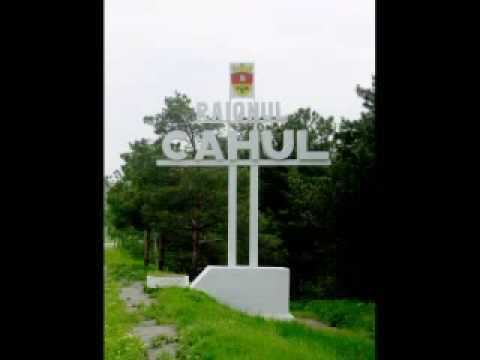Status Administrative city Time zone EET (UTC+2) Local time Monday 7:56 AM | County Cahul District Elevation 119 m (390 ft) Area 33.91 km² Number of airports 1 | |
 | ||
Founded 1502 (first official record) Weather 6°C, Wind SE at 13 km/h, 88% Humidity University Bogdan Petriceicu Haşdeu State University | ||
Cahul republic of moldova
Cahul ([kaˈhul]; also known by other alternative names) is a city in southern Moldova. The city is the administrative center of Cahul District; it also administers one village, Cotihana. As of 1 January 2009, it has an estimated population of 39,400.
Contents
- Cahul republic of moldova
- Map of Cahul Moldova
- La cahul moldova
- Etymology and names
- History
- Climate
- Demographics
- Culture
- Media
- Tourism
- Education
- Road
- Rail
- Air
- Twin towns Sister cities
- Consulates in Cahul
- References
Map of Cahul, Moldova
La cahul moldova
Etymology and names
The city of Cahul (Russian: Kagul/Кагул, Bulgarian: Кахул) is believed to have been inhabited for many centuries, although it has had a number of different names over the years – the name Scheia (Old Romanian for "Bulgarian") was recorded in 1502, and the name Frumoasa ("Beautiful" in Romanian) was recorded in 1716. The modern name was given to the settlement after the Battle of Kagul, which was fought nearby.
History
The city's location had made it a frequent battleground for a number of armies, with possession of frequently switching between countries such as Principality of Moldavia, Russian Empire, Ottoman Empire.
The city was a part of the Moldavia before 1812, then Russia from 1812 to 1856, then again Moldavia/Romanian Principalities (1856–1878), then Russia again (1878–1918), then Romania again (1918–1940), then the Soviet Union (1940–1941), then again Romania, the Soviet Union again (1944–1991) and finally Moldova (1991 to the present).
Apart from the battles that have been fought over it, Cahul is also known for its thermal spas and for its folk music.
Climate
Cahul has a humid continental-type climate (Köppen climate classification "Dfb" – summer wetter than winter, European subtype) with four distinct seasons. Average monthly precipitation ranges from about 28 mm (1.1 in) in October to 76 mm (3 in) in June.
Demographics
As of 1920, the population was estimated to be 12,000. Groups settled in the area included Romanians, Jewish, Germans, Bulgarians, and Greeks.
According to the last Moldovan census from 2004 there were 35,488 people living within the city of Cahul (making it the sixth largest city in Moldova) and 1,317 people within Cotihana.
Of this population, 60.5% are Moldovans/Romanians, 17.1% Russians, 11.1% Ukrainians, 6.6% Bulgarians, 3.2% ethnic Gagauz and 1.5% others.
Culture
Cahul is home to the Cahul Musical-Drama Theatre, Cahul History Museum, and other public institutions and monuments. Every two years, at the beginning of July, in Cahul takes place an important folk music festival, "Nufărul Alb" ("White Nymphaea").
Media
Tourism
Cahul is also a destination as spa and health resort. The city and surrounding areas are richest with mineral springs enriched with bromine and iodine. The "Nufărul Alb" Balneotherapy and Well-being Centre consists of hospital, hotel and entertaining spots.
Education
Cahul is home to the State University of Cahul, opened in 1999 and named after Romanian writer and philologist Bogdan Petriceicu Hasdeu. The university is made up of 3 faculties (Philology – History, Law – Public Administration and Business – Computer Science – Mathematics) with around 2,150 students.
Road
Cahul is connected by national roads with Chișinău, Giurgiulești, Oancea (Romania) and Reni (Ukraine). Cahul is also a border checkpoint to Romania.
Rail
The railway station serves the city and is operated by Moldovan Railways. It provides direct rail connections to Chișinău.
Air
The city is served by the Cahul International Airport located 8 km south-east of the city centre. Currently, the airport has no scheduled flights.
Twin towns – Sister cities
Cahul is twinned with:
